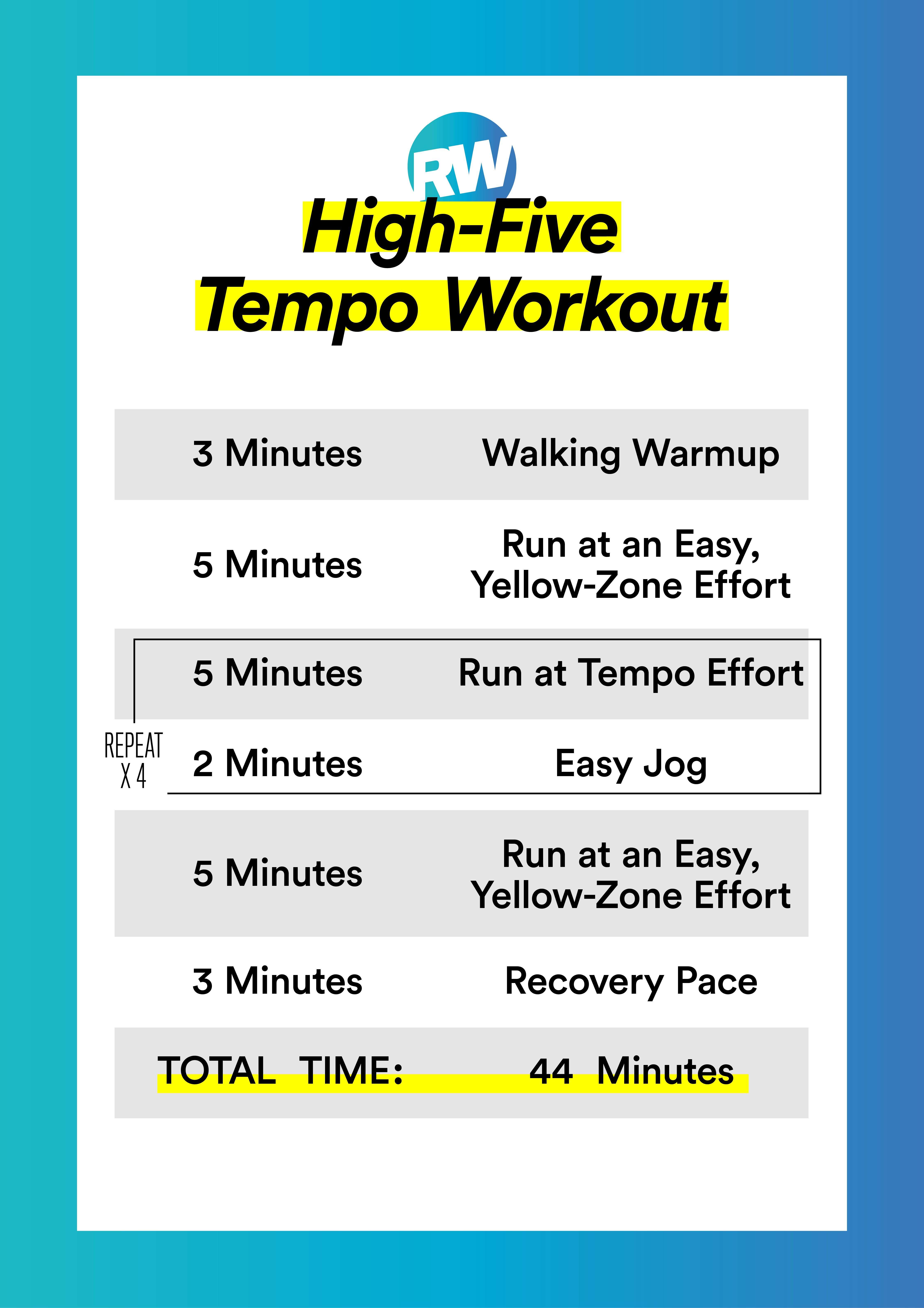Revamp Your Running Strategy: Tips for Improved Performance
Revamp Your Running Strategy: Tips for Improved Performance
Blog Article
The Ultimate Guide to Handling Pain When Running
For joggers, experiencing pain during runs is not uncommon, and recognizing how to efficiently take care of and avoid it can make a substantial distinction in your total efficiency and satisfaction of the sporting activity. Whether you are an experienced marathoner or just starting your running trip, understanding the various types of pain that can occur and the techniques to address them is vital. From pre-run workout routines to correct shoes choice, there are countless aspects to consider when it involves taking care of discomfort while running. This extensive overview will certainly outfit you with the expertise and devices needed to browse with the pain and encourage you to achieve your running objectives with better ease.

Recognizing Various Sorts Of Running Discomfort
When running, it is important to distinguish in between different kinds of discomfort to stop injuries and take full advantage of efficiency (Read More). One typical sort of discomfort that joggers might experience is muscle mass pain, which generally arises from the anxiety placed on muscular tissues throughout workout. This type of discomfort is typically a typical part of the running procedure and can be taken care of with appropriate workout, cool-down, and extending routines
An additional kind of discomfort to be familiar with is joint discomfort. Joint pain can show issues such as overuse, incorrect kind, or underlying problems like joint inflammation. Ignoring joint discomfort can bring about more serious injuries, so it is important to deal with any kind of pain immediately and perhaps seek expert suggestions.
Additionally, sharp or stabbing pains should not be overlooked. These sorts of discomfort can signal intense injuries such as pressures, sprains, or stress fractures - running strategy. Remaining to go through these types of discomfort can aggravate the injury and prolong recovery time

Pre-Run Warm-Up and Extending Routine
To prepare the body for a running session, executing a reliable pre-run workout and extending regular is necessary. A proper warm-up aids raise blood flow to the muscular tissues, enhances versatility, and minimizes the threat of injury throughout the run. Begin with dynamic stretches like leg swings, arm circles, and high knees to progressively elevate your heart rate and loosen up the muscle mass. Dynamic stretching assists resemble the movements you'll be doing while running, preparing your body for the activity in advance. Follow this with static stretches concentrating on significant muscular tissue groups such as the hamstrings, quadriceps, calves, and glutes. Hold each stretch for concerning 15-30 secs without bouncing to promote muscle mass leisure and versatility. Bear in mind to listen to your body and adjust the intensity of your warm-up based upon your health image source and fitness level and any kind of pre-existing problems. By integrating a constant pre-run warm-up and extending routine into your running routine, you can optimize performance and lessen the danger of discomfort or injury.
Correct Footwear Option and Fit
Selecting ideal shoes that fits well is vital for joggers to stop discomfort and lower the danger of injuries. Uncomfortable footwear can result in blisters, black toe nails, shin splints, and various other uncomfortable conditions that can impede efficiency and sideline training. When selecting operating shoes, it is necessary to take into consideration elements such as foot type, running stride, arch assistance, cushioning, and shoe dimension. running workout. Seeing a specialized running shop for a stride analysis and expert installation can aid make sure that you choose the right shoes for your individual needs. Running shoes need to provide appropriate assistance and stability while also being comfy and light-weight. In addition, it is recommended to change your running shoes every 300-500 miles to keep correct cushioning and support. Investing in premium footwear that is suitable for your running style and foot makeup is a proactive step in the direction of preventing discomfort and injuries throughout your runs.
Nourishment and Hydration Tips for Pain Avoidance

Hydration is just as important for runners to avoid aches, dehydration, and other discomforts that can lead to pain during running. It is suggested to consume alcohol an appropriate amount of water throughout the day and particularly in the past, throughout, and after running sessions. Electrolyte-rich drinks or sports beverages can additionally be beneficial for restoring lost minerals and preserving proper liquid balance. running workout (Read More). By prioritizing nutrition and hydration, joggers can enhance their efficiency, minimize pain, and enjoy a much more comfy running experience.
Post-Run Healing Techniques to Reduce Pain
Executing effective recovery techniques is important for easing discomfort and promoting muscle healing after running sessions. Furthermore, topping sore areas for 15-20 minutes can aid lower swelling and numb pain post-run.
Moistening properly post-run is essential for renewing liquids shed throughout workout and helping in muscle mass recovery. Consuming a well balanced treat or meal that consists of healthy protein and carbohydrates within half an hour of ending up a run can aid fix muscle tissue and restore power stores. In addition, obtaining enough remainder is essential for permitting the body to repair and strengthen muscular tissues. Integrating active recuperation activities such as light walking or swimming can likewise help advertise blood flow and lower muscle mass stiffness - Read More. By incorporating these post-run healing techniques right into your regimen, you can efficiently manage discomfort and enhance your running performance.
Verdict
Finally, dealing with various kinds of running discomfort through correct warm-up, extending, footwear option, nutrition, hydration, and post-run recuperation methods is important for pain prevention and management. By recognizing the causes of discomfort and carrying out these techniques, joggers can reduce pain and potential injuries. It is vital to prioritize overall physical health and wellness and health to guarantee an effective and pleasurable running experience.
Report this page